Here are the memories of the Japan Open from Raphael Sachetat Chief Editor of Badzine and owner of Badmintonphoto, the well-known badminton photo agency.
I have lost count of the number of times I have covered the Japan Open. But every year, I see the same friendly faces, the same great interest from the sport from the public – in huge numbers this year, the same polite bows…. Here are the few things I’ll remember of this 2014 edition of the Japan Open.
Best buddy
As some of you may know, shooting badminton events is great but tiring. And one thing makes it a whole lot better – the colleagues. And what’s best is to shoot with my own best friend, Yves Lacroix, whom I now see only only once a year. It was a time of reunion for us – joyful as always. He will go on to follow the tour in Indonesia and most of all in the first Australian Superseries – I’m jealous ;-). Was nice to see the usual Badzine team in Tokyo – Emzi, Miyuki and the new comer Yusuke – all have done great work covering the event on their free time so that you all could read articles on Badzine! As for me, after I’m back to France I’ll have a couple of weeks before one month working as a photo manager in the Glasgow Commonwealth Games – another exciting experience!
Thomas Cup impact
Of course, the Japan Open couldn’t be held at a better time than right after the Thomas Cup success. The victory of Park’s boys clearly had an impact on this year’s edition. Of course, there were huge posters and photos around the stadium of the medallists – men and women as the Uber Cup team finished in Silver – but the change was also felt in the stadium in terms of spectators. It was well filled the first few days and the 7,000-seat stadium was full on the weekend. And the press centre was never so busy, with many television crews attending this year’s edition.
Coaching against compatriots
One of the things which makes Japan unique is the fact that when compatriots play each other, unlike almost all other nations, the coaches chairs are not empty. There is a reason beyond that fact – Japan has a very different approach to professional badminton as top players are before anything the employees of Japanese companies. If they are happy and proud to wear the national team jerseys, they still belong to the companies which pay their monthly salaries. Hence, when players are on court in Japan, it is the company coach who gives advice so that his/her player can beat their opponents – like it was seen in the final of the women’s doubles between Maeda/Kakiiwa (representing Renesas) and Matsutomo/Takahashi (representing Unisys).
Media – left behind ?
There is a clear upgrade in the game and the last few years have seen an overall great improvement nicer set ups, great TV coverage, live streaming, increase in prize money, etc. Yet, unfortunately, the media have not seen any major improvement and there are still areas where we feel left behind and not enjoying the same upgrade other areas of the circuit are getting. Of course, there are some improvements – like the light for photographers is usually much better now, or the mixed zone generally improved. Yet some key things are forgotten or not looked after and that makes the media more and more frustrated. In India, for the recently held Thomas and Uber Cup and a month before, Internet has been an issue – that is one thing that we can not live without, unfortunately, with no other option than to rely on local infrastructure as there was no signal for bundles in Fort Siri. This week in Japan, in spite of the so many and helpful volunteers and staff in the media centre, working conditions for photographers were even more difficult than previous years. The route from the media centre to the courts was not easy and used up those extra minutes we are always desperate to save. And the photo positions were just very bad – both on the floor near the courts, where many TV cameras were taking a huge space with their tripods, and elsewhere, where there were very bad angles to shoot from or too little space despite the huge stadium, and on the concourse, where the best photo positions had been banned this year. This results in a clear lack of photo quality and a frustration felt by many of our colleagues… A disappointment in the land of photography!
Easy Chong Wei
The more I see him play, the more I realize that Lee Chong Wei is enjoying himself on court. Or maybe he is just so good that he allows himself to fool around. He can toy with his opponents, allow himself to walk during rallies or try things we would never have seen a few years back. It is good for the show but it also means that all other players have to gear up to put Chong Wei in jeopardy. In Japan, Lin Dan didn’t make it to the last stage as everyone one was expecting for the dream final. I’m sure we’ll see these two fight again in the future… and I must admit that I can’t wait to see it.
Japanese washrooms
Amongst the many amazing things in Japan, one is quite unusual and seldom talked about – the washrooms. I am often ashamed by washrooms in France which can be odorous or unsanitary. In Japan, it is the total opposite. Toilets are literally high-tech installations. And on top of the comfort, you have a bunch of buttons to push to get cleaned up – a different way depending on whether you are a man or women with the ability to play some music (to cover up any noise maybe ;-). Anyways, probably the best toilets in the world – even in public places like a badminton stadium!
Smiling New Generation
I don’t know whether you’ve noticed, but the best new players are taking it easy. They smile on court, they enjoy themselves. The younger generation has found a great way to take pressure off their shoulders – they come on court with the will to beat their opponents, of course, but also to enjoy themselves. Take Ratchanok Intanon, for instance, or Kento Momota, or Tai Tzu Ying, who is always smiling after long rallies, no matter if she win or loses the point.
Instant Review
Now that spectators can actually see on the giant screen if the shuttle is in or out, the Hawk Eye Instant Review system has really proven itself. It’s really a good tool and it certainly helps the sport in many ways. The players are now used to it and most of them enjoy it as it has proven to be very efficient without disturbing the match so much.
![Memories of…the Japan Open Here are the memories of the Japan Open from Raphael Sachetat Chief Editor of Badzine and owner of Badmintonphoto, the well-known badminton photo agency. I have lost count of the […]](http://www.badzine.net/wp-content/uploads/Newsflash-thumbnail.png)
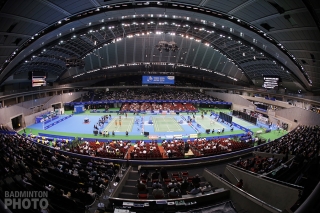
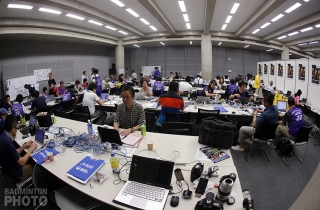
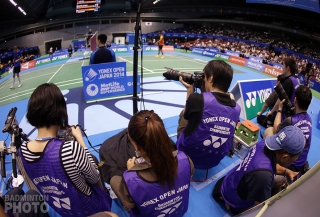
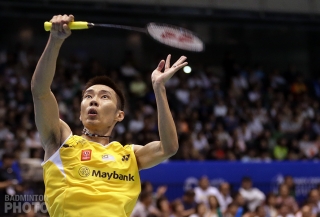
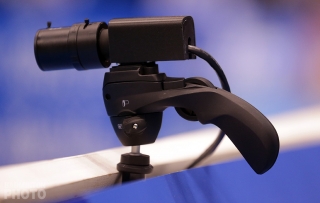
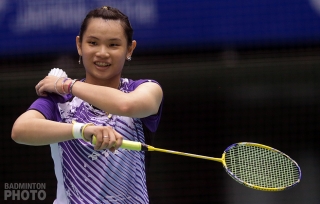

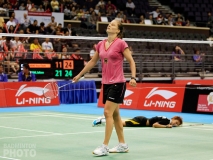
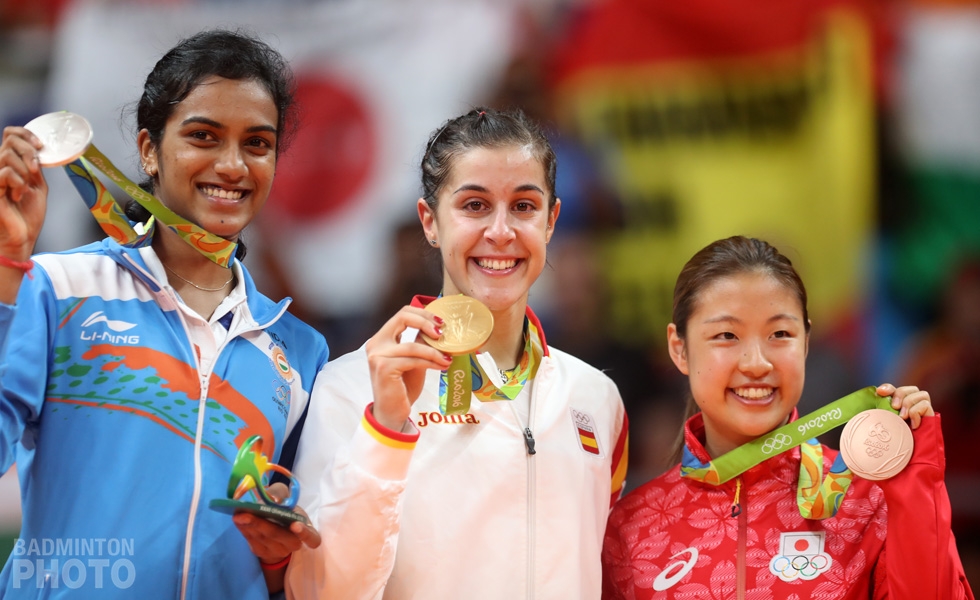
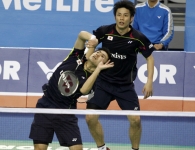
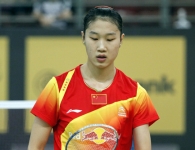
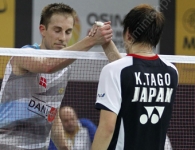
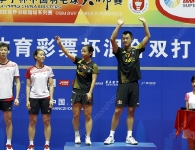
Leave a Reply